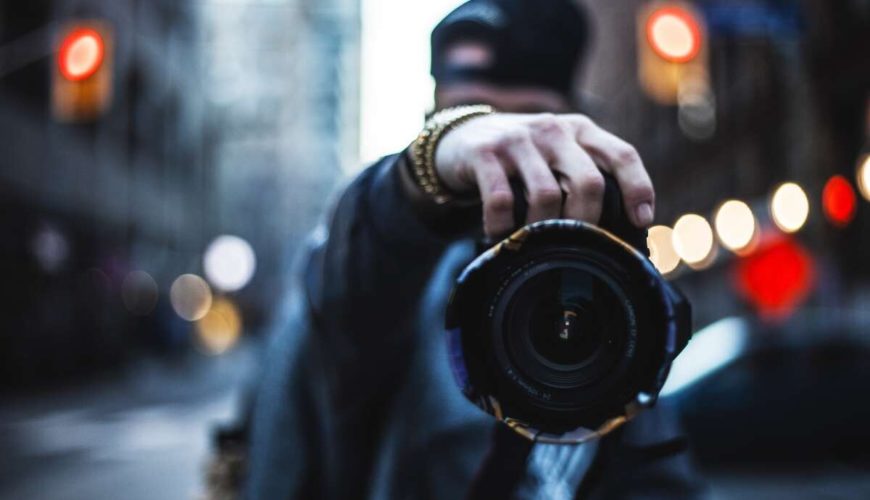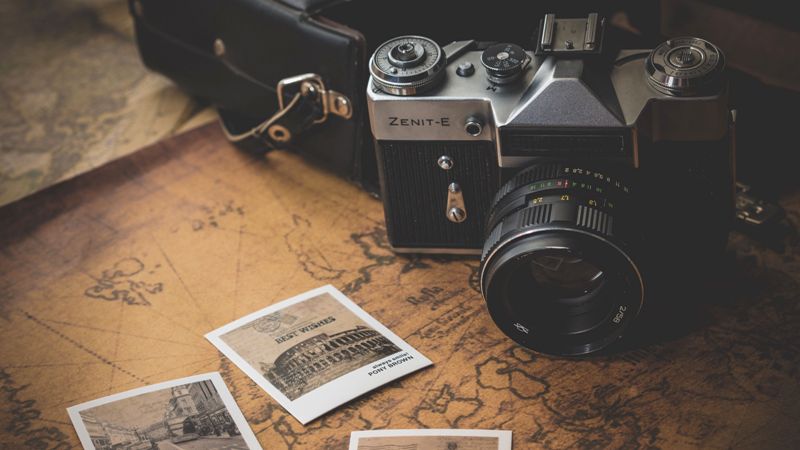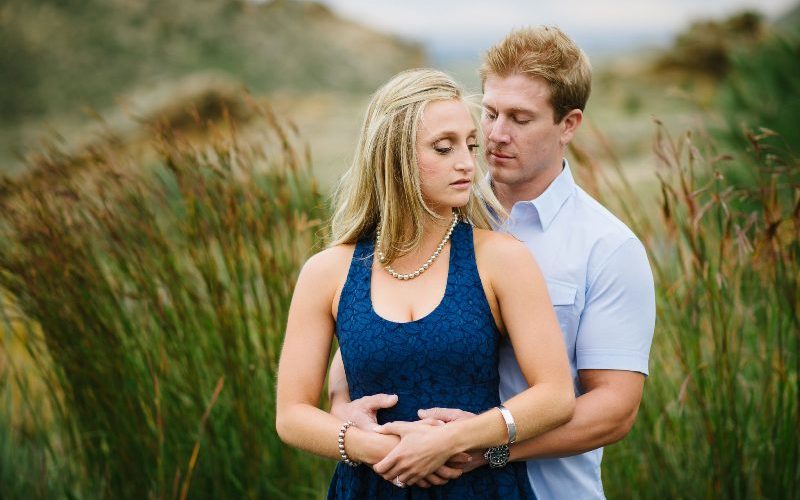It would be fair to say that the era of the smartphone has transformed how most of us approach photography.
Gone are the days (almost) of requiring a high-tech camera. For most of us amateurs, an iPhone is sufficient – and can capture those special moments in spectacular quality.
When it comes to urban photography, slightly different rules apply, though. Through today, we’ll cast our eye over some of these to ensure that you get the most out of your equipment (whatever that might be).

Location, location, location
OK, we may have borrowed a term that is primarily reserved for the property market but let’s explore further.
While London might be regarded mainly as a highly photogenic location – not all areas are equal. It’s worth doing your research long before you travel and finding those areas that can make a difference to your shots, and in addition, finding out the best time to take them based on the natural light.
Tell a story with your photos
When you’re taking photos in an urban area, it can be easy to get caught up in taking pictures of the architecture and the buildings.
While there’s nothing wrong with this, per se, it’s worth thinking about how you can tell a story with your photos. This might be by including people in your shots or by focusing on certain details that might not be immediately obvious.
This might be a graffiti-covered wall or an alleyway that has been taken over by street art. Whatever it is, try and find a way to make your photos stand out from the rest.
Get up close and personal
One of the great things about urban photography is that you can really get up close and personal with your subjects.
This might mean getting down on the ground to get a different perspective on a building, or it might mean zooming in on a particular detail that you find interesting.
Whatever you do, don’t be afraid to get close to your subject – it can really make a difference to your photos.

Use the light to your advantage
One of the great things about urban photography is that there are often a lot of different light sources to play with.
Whether it’s the sun shining through the buildings, or the light from a nearby lamp post, use it to your advantage to create engaging and atmospheric shots.
Be prepared to walk… a lot
Urban areas are often large, meaning you might have to walk a lot to get from one place to another.
While this might seem like a bit of a pain, it’s a great opportunity to explore the area and to find new and interesting things to photograph.
While we did suggest earlier on in our article that you should research your shots beforehand, you’ll also find that some of your best ones are the ones that come out of nowhere and you simply stumble across them.



